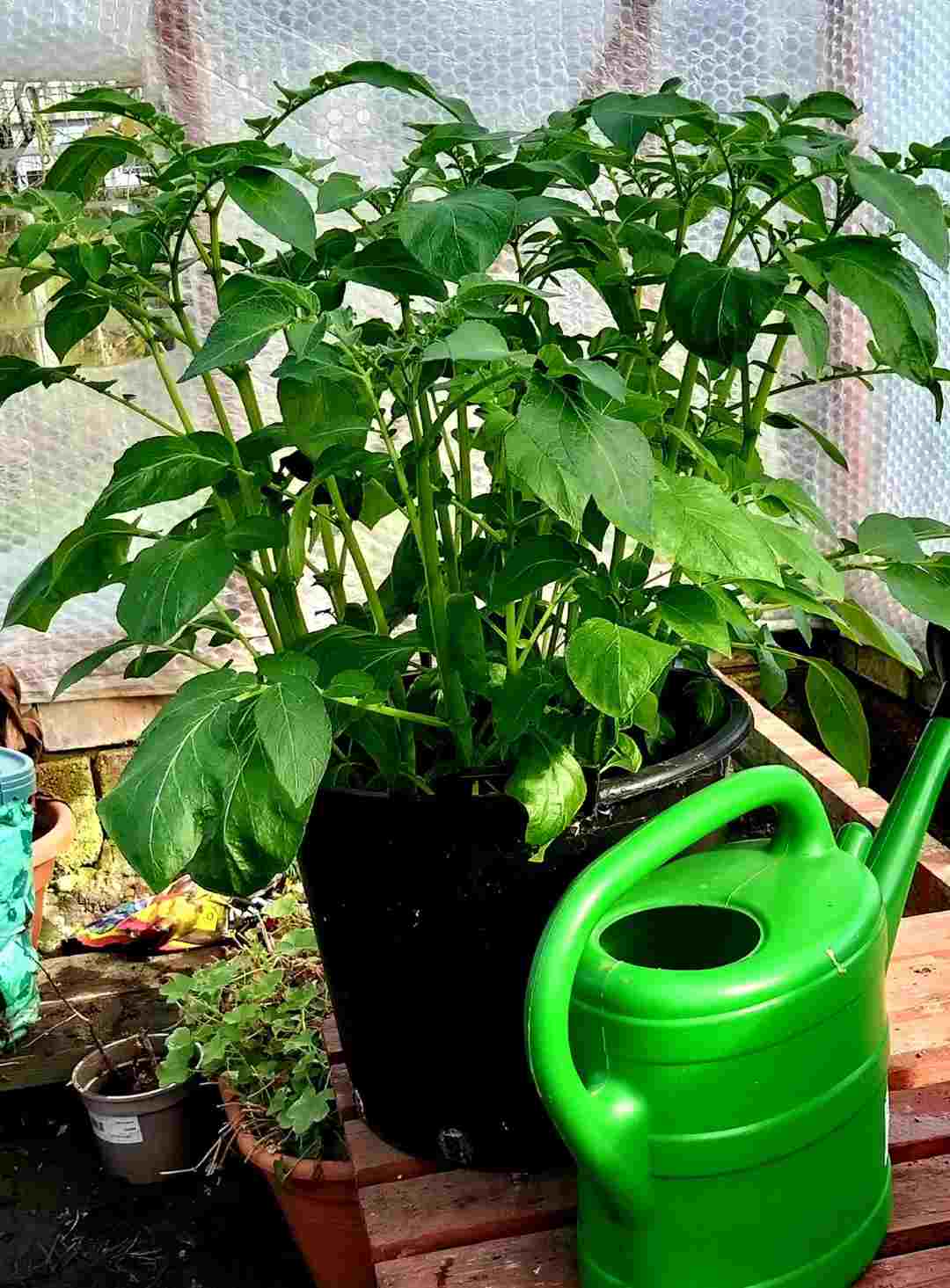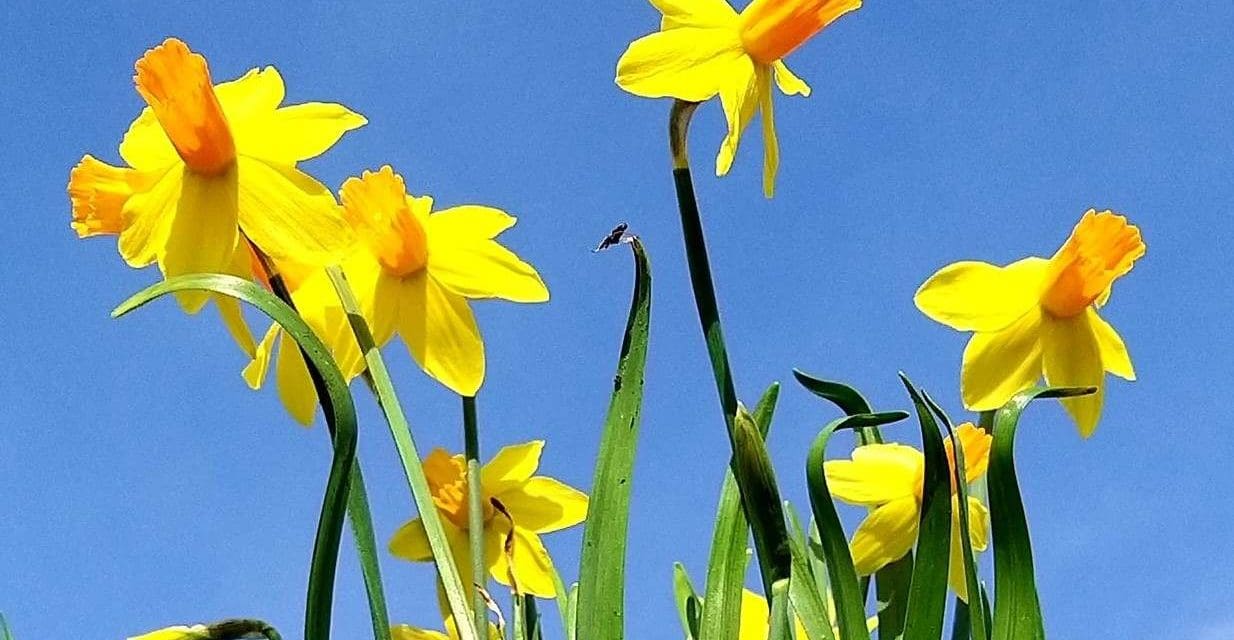Wave up to the Shore
A daffodil is born and rises in the spring
It opens out its beauty to hear the cricket sing
But as quick as it does grow, it decays away so soon
Before the summer sunshine has reached its golden noon
If I was like the daffodil, so fair upon the ground
Or like the winding river with its sweet and mellow sound
Like a wave up to the shore, like a river into the sea
I’d lay down in my resting place, contented there to be
I’d lay down in my resting place and contented I would be.
Luka Bloom 1976
By Gordon the Gardener
With his words above, I wonder does Luka Bloom surpass those words of William Wordsworth in his ‘I Wandered Lonely as Cloud? Bloom describes the daffodil’s rise in the spring beautifully with his tender poetry.
The spring has been disappointing so far this year. The rain has been persistent and, at times, heavy with only short breaks in the cloud. The weather forecast from the Met Office since December has alternated between heavy rain and showers.
But every cloud, they say, has a silver lining as spring flowering bulbs, trees and shrubs have been exceptional.
Daffodils on the roads into Huddersfield have been magnificent and long-lasting. Likewise, magnolias and camellias, which are often damaged by frost, seem to have enjoyed the wet but mild conditions.
Forsythias have been stunning. This has proved that flowering trees and shrubs, which have been somewhat looked down on in recent years, are worth planting and are indeed the jewels in the crown.
But don’t let this mild weather drop your guard, spring frost can still strike. If frost is forecast the whole frame should be covered up with fleece or even old carpet if the frost is expected to be severe. Remember the hard frosts we had throughout April 2021?

Forsythia has been stunning this year
The hardening off process should be applied for all plants – bedding plants in particular. Sweet peas should be stopped (a small bit taken off the top) when a few inches in length. This encourages the plants to bush out.
Potatoes can still be planted. I put some in large pots in the unheated greenhouse in early February which are well ahead due to the mild conditions.
Sowings of vegetables such as cabbage, cauliflower and spinach can be made in the greenhouse. Also climbing French beans, such as ‘Crimson Lake’, can be sown in small pots of John Innes compost, 2in (5cm) deep in late April.
I pot up using John Innis potting compost rather than a multi-purpose. I mix my own so I can be sure of its contents. It is a rewarding task that anyone can accomplish.
The main ingredient is loam – clean fertile soil – taken from a turf stack, made of turf placed upside down and left for 12 months.
Moles are industrious creatures that help in this. They somehow riddle the soil perfectly and leave it for us gardeners to collect.
This is excellent for making John Innes potting compost No1. So we get seven parts loam; two parts of river sand, obtained from a nursery; and three parts of horticultural peat. Alternatively, three parts of leaf mould can be used instead – the mould from under the leaf litter that’s of the consistency of tea leaves.
These parts are measured by a bushel box, a box that measures 22” x 10” x10”. Then add to each bushel 4oz of John Innes Base fertiliser (0.113 kilograms) and three quarters of an ounce of Calcium Carbonate (chalk). For making John Innes potting compost No2 the amounts are doubled.

My potatoes are well forward this year
Seeds can be sown and cuttings taken and placed in a propagator or on a heat mat with a bottom heat of around 18C (65F).
The seeds and cuttings can be given a covering of milky white polythene (I use cut up pedal bin liner bags) this keeps the atmosphere inside turgid. But shake excess water off the polythene every day to prevent damping off.
Sowing of lettuces, tomatoes, salads and cauliflowers can be done in the greenhouse. Again, I use John Innes seed compost for this task.
Finally, Harrogate Spring Flower Show will be held from April 25-28 at the Great Yorkshire Showground. Tickets are £25. Book now to save £3 per ticket, which also enables a quicker entry into the show.
READ MORE: Gordon’s previous gardening blogs can be found HERE


















